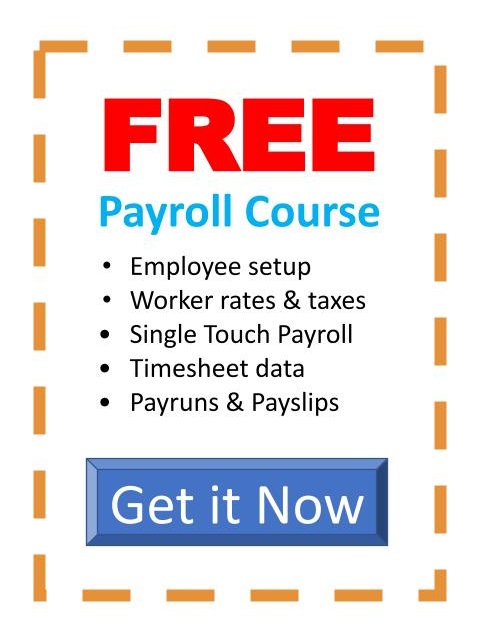 We’re been publishing a series of posts about financial planning for small businesses, which is also a module in our Small Business Management course. We recently looked at the very important aspect of any healthy business: cash flow, which brings us to another way of determining the health of a business: profit and loss statements.
We’re been publishing a series of posts about financial planning for small businesses, which is also a module in our Small Business Management course. We recently looked at the very important aspect of any healthy business: cash flow, which brings us to another way of determining the health of a business: profit and loss statements.
What are Your Gains and Losses?
The profit and loss of a business is calculated over a set period – usually the 12 months between 1 July of one year and 30 June of the next. A profit and loss statement is a measure of how much money has been generated through your business activities, or on the negative side, how much you have lost in the same processes.
The profit and loss of a business is calculated by deducting the cost of goods sold from the total sales, which gives a gross profit. You then need to deduct all of the expenses and depreciation to determine the net profit. The net profit is the important part, as it’s the amount the business pays tax on. This affects sole traders and partnerships quite differently from companies.
Sole Traders and Partnerships
In the case of a sole trader or partnership, the ATO assumes that the net profit represents the owner’s wage, which means that any money taken out for living expenses is classified as ‘drawings’ and are not tax deductible, so tax payable must be calculated on the whole net profit before owners have any idea of their personal income.
This may sound like a rough deal for the little sole trader or partnership, however, many sole traders and partnerships are able to claim certain ‘living expenses’ as business expenses, depending on your business – a home-based marketing assistant, for example, could claim a portion of their rent as a business expense if that’s where their ‘office’ is set up.
Companies
The situation for companies is quite different, however. In this scenario, the owner’s wages are a tax-deductible expense, just as superannuation and workers compensation are. By law, a company must file a profit and loss statement with their tax return, while sole traders and partnerships aren’t required too, however, completing a profit and loss statement is a vital reporting tool, which may help you improve your business’s performance in the coming business year.
***
Next we’re going to look at balance sheets, which make up the most important part of your financial plan because they reflect the true position of the business. If you would like to read more posts from the financial planning series, check our blog. Or if you would like a step-by-step guide to starting and managing a small business, you can enrol in our Small Business Management course.




















